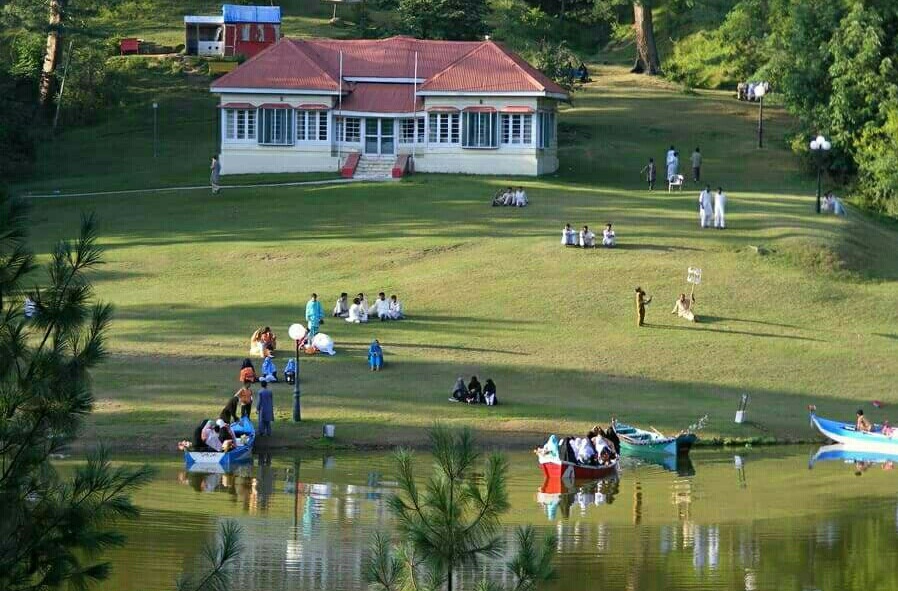Kashmir: India’s Supreme Court is hearing a batch of petitions that challenge a property law unique to Indian-administered Kashmir. As per this law, which is widely known as Article 35A, only long-term residents of the state can own land there. A Senior journalist explains its importance.
What is Article 35A?
Article 35A allows the legislature of Indian-administered Kashmir to define the state’s “permanent residents” and what distinguishes them. It applies to all of Indian-administered Kashmir, including Jammu and Ladakh.
All identified residents are issued a permanent resident certificate, which entitles them to special benefits related to employment, scholarships etc. But the biggest advantage for permanent residents is that only they have the right to own and, therefore, buy, property in the state.
All those who were living in the state as of 14 May 1954 when the law came into effect; and those who have lived in the state for 10 years anytime since, are counted as permanent residents.
The state legislature can also alter the definition of permanent resident or other aspects of the law by a two-thirds majority.
How did it come about?
The Maharaja of Kashmir, Hari Singh, first passed the law in 1927 to stop the influx of people from the northern state of Punjab into the state. Reports say he did this on the urging of powerful Kashmiri Hindus. The law still exists in parts of Pakistan-administered Kashmir.
In India, the law in its current form was introduced in 1954. It’s part of Article 370, a constitutional provision that grants Kashmir a unique status within India. It allows the state its own constitution, a separate flag and independence over all matters except foreign affairs, defence and communications.
When the Jammu and Kashmir constitution was adopted in 1956, it ratified the then two-year-old permanent resident law.






